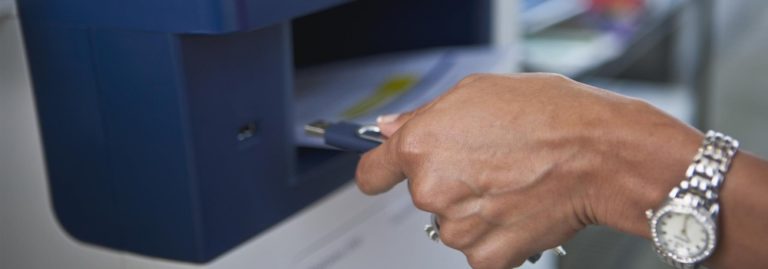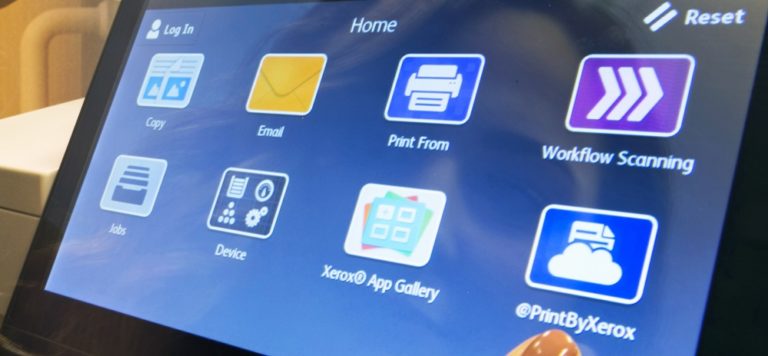By Craig Rich

In very little time, the Internet of Things (IoT) has gone from distant tech vision to mainstream, here-and-now applications.
We’re already seeing the emergence of smart systems like Nest (combined heating, smoke/CO2 alarm and remote surveillance) which can initiate support for service or technical problems. Wearable tech is everywhere these days (including touch‑sensitive jeans) and connected cars are now a reality.
So it’s definitely happening. And it’s going to have a big impact on Customer Care.
Brave New World
Gartner Research estimates that by 2018, 5 percent of customer-service cases will be initiated by devices. It also says that there could be as many as 500 of these devices in the average home. They’ll be everywhere: Gartner says that from 4.9 billion in 2015, they’ll rise to a staggering 25 billion by 2020.
But really, we’ve only scratched the surface so far when it comes to IoT and Customer Care.
Virgin Atlantic trialed the now-defunct Google Glass last year to provide tailored service to its Upper Class passengers, providing flight information, weather data, news on local events and even foreign-language translation.
French electrical chain Darty has launched “Le Bouton,” a physical and virtual button that triggers a customer‑service call. Agents know what products are registered and associated with the button, so they can hit the ground running. Future developments of the button could include sending real‑time diagnostic information for faster fault resolution.
These are early days, and these applications are frankly still a bit basic. But as smart objects get smarter and more ubiquitous, Customer Care will change in ways we can scarcely imagine:
- Organizations will be able to gather and analyze data from devices, respond directly to events/issues and improve customer service.
- Common issues will be resolved faster and often hands-free.
- Devices will provide detailed information on status, location, functionality and customer preferences for faster, better, more customized service.
- Support will move from reactive to proactive, from real time to future (predictive analytics, fault anticipation/prevention, pre-emptive upgrades/maintenance).
- Self-help systems could be augmented by IoT input. (“Your TV/heating system needs you to perform these steps in sequence…”)
http://www.slideshare.net/Xerox/breaking-the-customer-care-model-51934661?ref=https://www.xerox.com/en-us/services/customer-care/insights/models
Stats, Skills and Big Brother
So it seems like it’s a win-win situation, right? Not so fast. There are some knock-on effects that all organizations will have to prepare for and deal with as IoT gathers pace.
Analytics will become increasingly important, as IoT devices provide a deluge of data. Turing that data into insight and actionable information will help companies better understand customers, provide better service, operate more efficiently and increase brand loyalty. But without good solid analytics, that deluge will drown them, so they’d better be prepared.
The nature of calls will change, as routine stuff is handled automatically thanks to machine learning. Agents will handle far more complex, challenging issues that will require a step change in their knowledge and available resources. In the brave new world of IoT, reading from a script or blindly following a step-by-step resolution simply won’t cut it.
Machine learning may make automation smarter, but at some point, users will want to stop talking to a dumb machine and start talking to a smart human. And they’d better be smart. The good news is that machine learning works both ways: Learning from human interaction to provide an automated service, but also feeding back augmented information to agents, making them faster, smarter and more responsive.
The nature of agents will also change. Those 500 “things” we’ll all have will need to be known, understood and managed. And that’s where the agent will come in, as they become more of a community manager, and also fulfill the role of personal assistant.
Privacy will become even more of an issue, as IoT objects feed through vast amounts of personal data from all sorts of devices.
Security will need to be tightened up, as the recent hacking of a Tesla and Jeep Cherokee showed all too clearly. Monitoring and managing the security of connected objects will have far-reaching implications for Customer Care.
Welcome to the Machine
IoT will create new and interesting interactions, as more and more becomes possible automatically and remotely. Devices could one day interact directly with agents, bypassing the user entirely. The next step could be devices that automatically interact with support systems or even other devices, with no human involvement at all.
IoT automation also poses some interesting questions about visibility. With smart devices communicating with smart systems, interaction is seamless and potentially invisible. But things can and do go wrong, and when they do, it’s to the agent that a customer will turn. They’d better be able to quickly identify the problem, and the solution even faster. And that requires joined-up systems that combine the best of human and machine intelligence.
It’s still early days yet for IoT, and it’s often difficult to see beyond the gimmicky nature of smart fridges and connected jeans. But when it does go mainstream – and that day is fast approaching – the new hyper-connected world will provide Customer Care with big opportunities and big challenges.
It’s only just begun, but it promises to be a fascinating ride.
Subscribe to this blog and receive email updates when we publish a new article.




Hi there . I want to apply for a job. Is your company hiring
Of course! Go to http://www.xerox.com/jobs and follow the links. Good luck, Fabian!